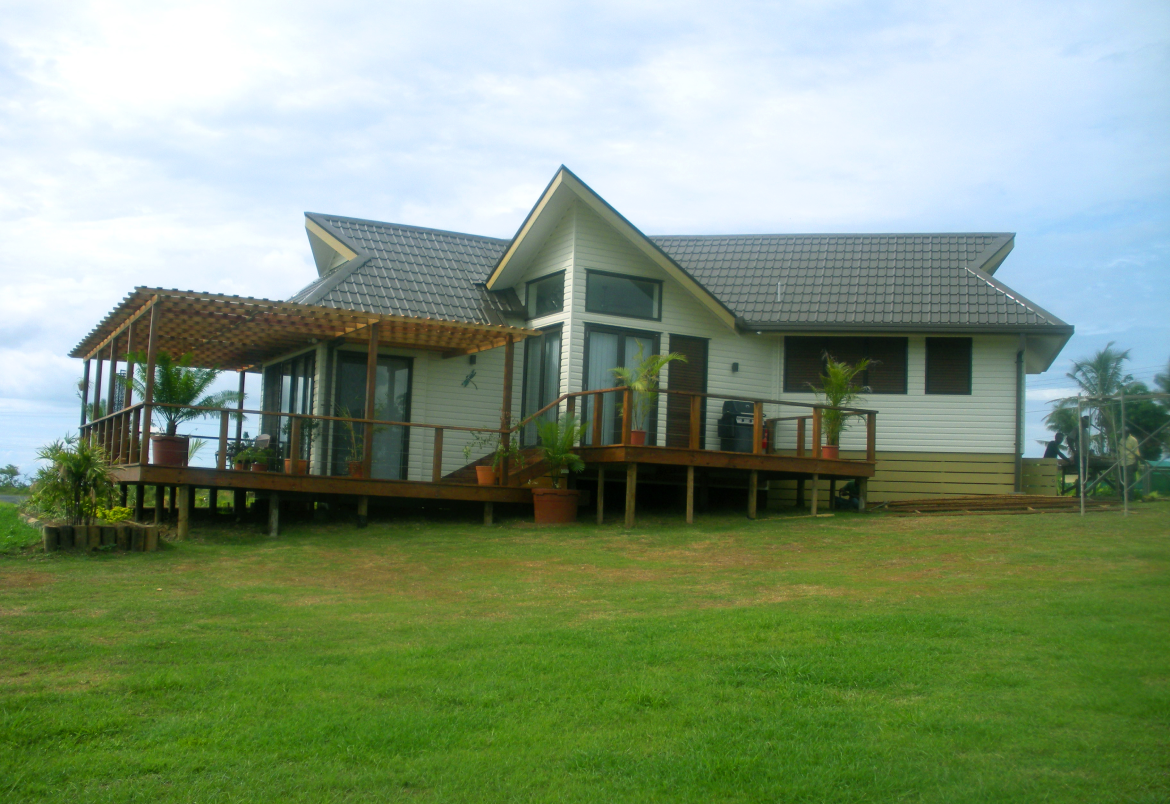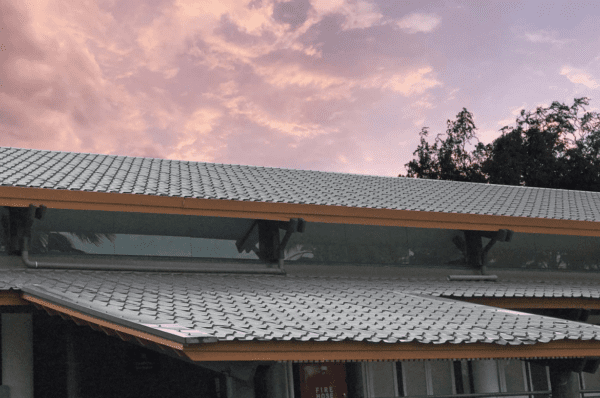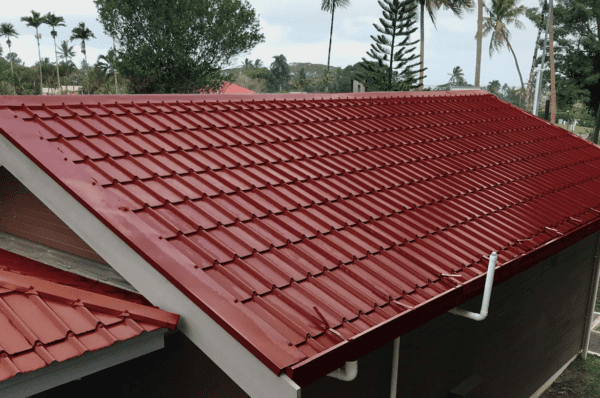Proper storage of metal cladding and accessories is essential for ensuring their quality and longevity. While metal cladding is designed to withstand outdoor conditions once installed, it requires special care during storage to prevent issues like wet storage stain, which can lead to surface deterioration and affect the appearance and performance of your materials. Following these storage guidelines will help maintain the quality of Colorbond®, Galvanized, and Zincalume® cladding, accessories, and purlins.
Guidelines for Storage & Preventing Wet Stain
All metal cladding, accessories, and purlins should be kept dry before installation, including during storage on the roof structure. It’s a common misconception that because the cladding and purlins are ultimately installed outside, they don’t need protection during storage. However, dry storage is crucial at all times to prevent issues that may arise from trapped moisture, which can spoil the surface appearance and reduce the service life of the materials.
What is Wet Storage Stain?
Wet storage stain appears as a white or gray powdery deposit on Colorbond® and Galvanized cladding, or as a black stain on Zincalume®. It often occurs when moisture gets trapped between stacked materials, restricting airflow and creating the perfect environment for stains to form. To avoid this issue, consider the following guidelines:
For Storage & Wet Stain, all metal cladding, accessories, and purlins should be kept dry before installation, including during storage on the roof structure. It should not be assumed that because the cladding/purlins will eventually be exposed to the weather, protection is not required. Dry storage is required at all times.


